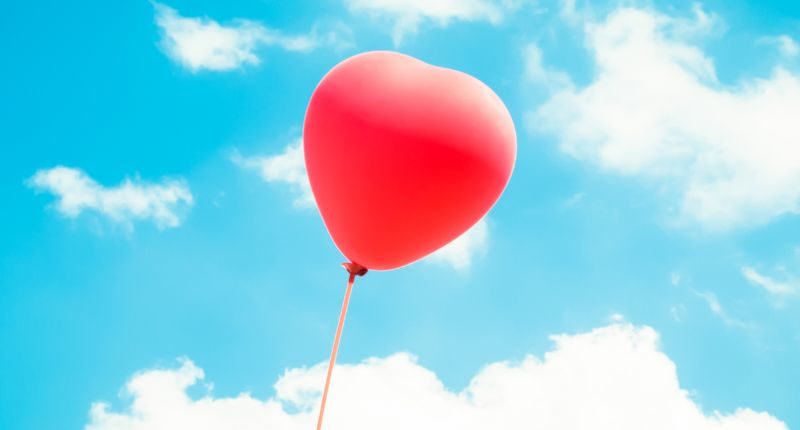- CPI rose 1.9% for the December quarter.
- The inflation figures are the highest since the GST was introduced in 2000.
- Travel was one of the main drivers.
Just as the pundits called it, the latest inflation data is nearly 8 per cent, according to the Australian Bureau of Statistics (ABS), with services seeing the highest rise since the GFC year of 2008, up 5.5 per cent,.
The Consumer Price Index (CPI) has risen 7.8 per cent annually, according to the ABS, and up 1.9 per cent for the December 2022 quarter.
The latest 0.5 percentage point jump in inflation was principally driven by domestic (+13.3 per cent) and international travel (+7.6 per cent), with electricity also experiencing significant price rises, up 8.6 per cent; new homes purchased by owner-occupiers were up 1.7 per cent.
Michelle Marquardt, ABS head of prices statistics, said:
“This is the fourth consecutive quarter to show a rise greater than any seen since the introduction of the Goods and Services Tax (GST) in 2000. The increase for the quarter was slightly higher than the quarterly movements for the September and June quarters last year (both 1.8 per cent).”
Michelle Marquardt, ABS
Travel bug boosts quarterly inflation
“Strong demand, particularly over the Christmas holiday period, contributed to price rises for domestic holiday travel and international airfares,” Ms Marquardt said.
“The rises seen for domestic and international travel were notably higher than historical December quarter movements.”
“The main factor influencing the rise in electricity prices was the unwinding of the $400 electricity credit offered by the Western Australian Government to all households last quarter. This was partially offset by the ongoing impact of the Queensland Government’s $175 Cost of Living rebate from September 2022, and the introduction of the Tasmanian Government’s $119 Winter Bill Buster electricity discount for concession households.”
Growth in prices for New dwellings (+1.7 per cent) slowed relative to recent quarters (+3.7 per cent in September and +5.6 per cent in June) but remained stronger than historic norms.
“Labour and material costs are driving price growth in this area, with signs of material cost pressures easing,” Ms Marquardt said.
“Slowing demand for new dwelling construction was reflected in a lower quarterly rate of inflation for new dwellings this quarter compared with the past five quarters”.
Food prices were generally on the up, with heading out or getting takeaway seeing a 2.1 per cent rise. Making a good meal at home on the other hand was a bit easier on the hip pocket, with vegetables seeing prices slide 10.2 per cent instead, the ABS said this was due to the effects of unfavourable weather earlier in the year easing.
New homes, travel, and petrol fuel annual inflation figures
The annual 7.8 per cent headline figure for inflation was driven by domestic travel and accommodation, up 19.8 per cent, with new homes hot on the heels with a 17.8 per cent rise. Filling up the car also emptied the pockets, rises there were recorded at 13.2 per cent.
“The annual increase for the CPI is the highest since 1990. Annual inflation for goods such as new dwellings and automotive fuel steadied this quarter, however we saw an uptick in inflation for services such as holidays and restaurant meals,” Ms Marquardt said.
ABS figures noted services saw the highest rise since the GFC year of 2008, up 5.5 per cent, while goods were up 9.5 per cent, little change from last quarter. The annual price increase of discretionary goods and services (+7.1 per cent) moved closer to that of non-discretionary goods and services (+8.4 per cent) compared with recent quarters.








